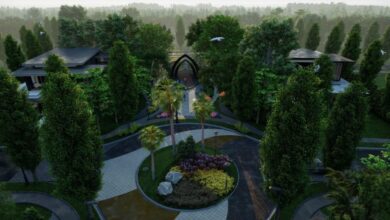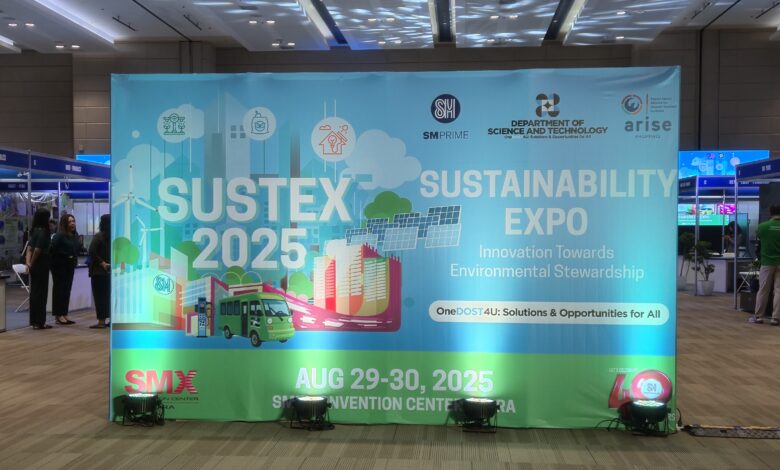
SUSTEX 2025 Showcases Innovation and Partnerships for Sustainability
On August 29-30, the inaugural SUSTEX 2025, co-organized by SM Prime and the Department of Science and Technology (DOST), set the stage for innovation and collaboration in sustainability. The event, which coincided with SM Supermalls’ 40th anniversary, underscored the significance of resilience and environmental stewardship in business strategy.
SM Prime’s Perspective
As SUSTEX 2025’s host and co-organizer, SM Prime placed waste management and recycling at the heart of its sustainability strategy.
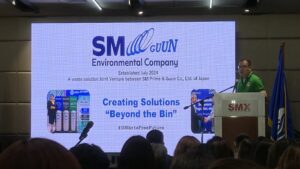
Initiatives like their Materials Recovery Facility (MRF) simplify segregation for communities, while interactive campaigns help consumers build better waste habits. SM is also investing in new technologies, such as machines that turn food waste into fertilizer within 48 hours, directly benefitting agriculture and soil health.
What Does The Government Say?
Several government agencies emphasized that sustainability must be at the core of national and business strategies.
The DOST underscored the role of science, technology, and innovation in solving challenges like waste and climate change. They also called for supporting startups and commercialization of research.
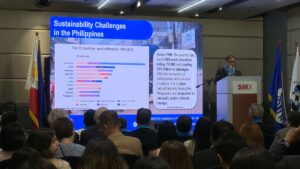
Meanwhile, the Department of Environment and Natural Resources (DENR) called for stronger innovation and aligned its efforts with specific targets. This includes the “Zero Waste to Philippine Waters by 2040” and the pursuit of a “waste-free future” on land.
Lastly, the Department of Energy (DOE) highlighted the importance of energy efficiency programs, particularly for small and medium enterprises.
What About The Private Sector?
The private sector echoed the call for collective action, framing sustainability as both a responsibility and a growth driver.
The European Union (EU) emphasized public-private partnerships and its green economic cooperation with the Philippines. Meanwhile, Denmark showcased green solutions from the Nordic region and stressed the value of cross-sector collaboration.
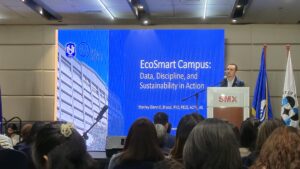
Meanwhile, companies like Holcim demonstrated how technologies such as “waste-to-energy” can reduce urban flooding and improve waste diversion. On the academic side, Asia Pacific College (APC) presented their “EcoSmart Campus,” which uses renewable energy and data-driven systems to cut emissions and lower costs.
READ: Systems, not just band-aid solutions for SM Prime
SUSTEX 2025 brought together government, businesses, schools, and international partners to showcase real solutions in waste, energy, and circular economy initiatives. By uniting diverse sectors, the expo fostered partnerships, knowledge-sharing, and action toward a more sustainable future.

